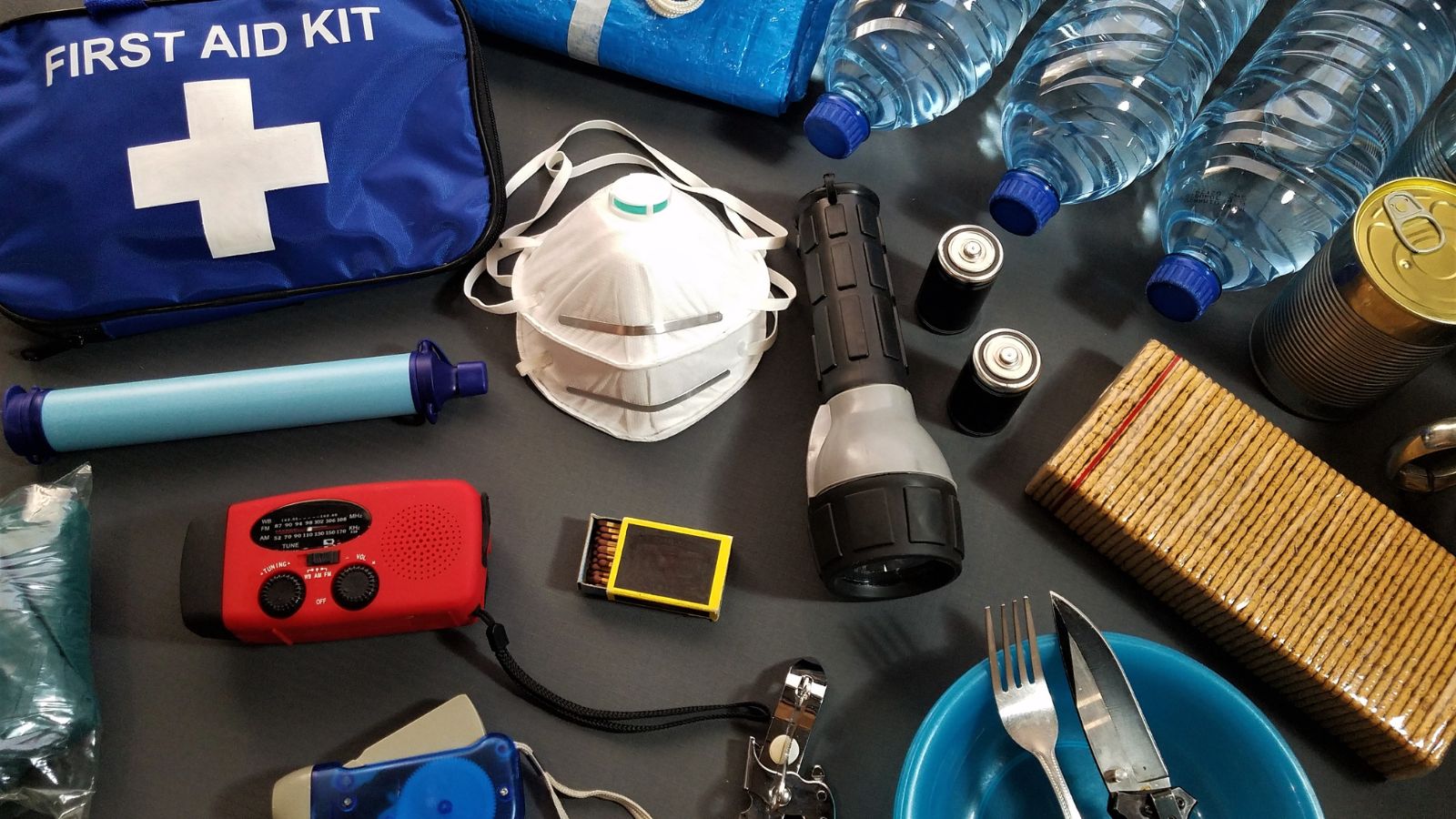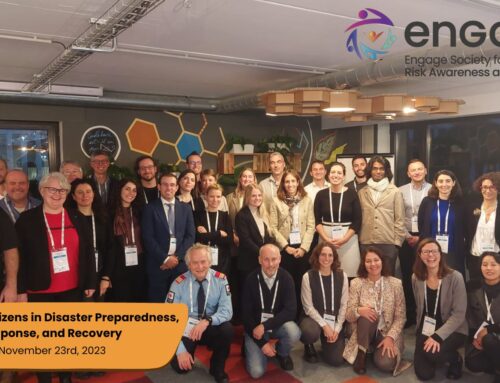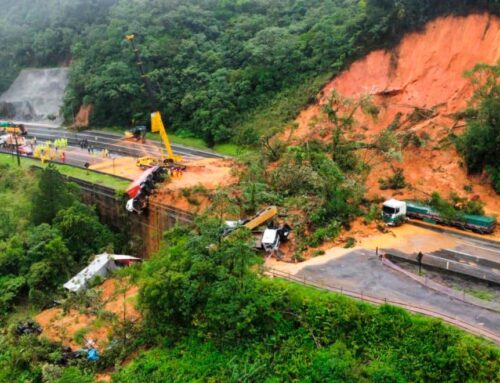To build societal resilience and to survive disasters, we need to be prepared. “How civilians could be prepared?” is what we asked emergency responders and members of authorities in a questionnaire and a series of interviews.
According to the participants of the study, civilians need to be prepared in several areas; including skills, mentality, and physical resources. They believe that community members should have a “risk culture”; through being aware of the different types of risks that could happen, how to be ready for them, and how to handle them. Acquiring this risk culture could happen through different venues. One of these venues is joining organised volunteer organisations; this helps educate the volunteers about risks and how to deal with them and utilise people’s capacities and efforts. Another way to obtaining risk culture is through integrating risk-related programs into the educational curriculum; this way students will have high levels of risk awareness and they could share the obtained information with their families, so a high portion of the population would be covered. Moreover, joining training sessions organised by emergency responders or NGOs would aid in building risk awareness levels of the public.
Moreover, community members need to be mentally prepared for what may take place as a consequence of a disaster. One way to achieve this is by being aware of the consequences of the potential risks. Another is to build strong social ties that could help civilians to cope with what happens and dilute its effects. Additionally, study participants emphasised the importance of stocking some resources such as water and food that are enough for a couple of days. Also, a first aid kit and some medicines would be of great help.
To promote the preparedness of the society, emergency responders and NGOs provide some solutions. These solutions build upon technology as well as fieldwork. This variation in the solutions allows for higher reachability to different groups of society. These solutions revolve around mobile and web applications, web platforms, guidelines, school campaigns, volunteering initiatives, and training sessions.
The apps are usually used for accessing up-to-date information, and reporting about the current situation on the ground, this is from the citizens’ side; while from the emergency responders’ side it is used for notifying the citizens about certain risks and sharing instructions. Some examples of such apps are Ertzaintza app and EUSKALMET app in Spain, and DSU app in Romania. Apps are also used for volunteers’ management such as RVM app in Romania. There is another part of volunteer management that happens offline, which is the training part; an example for this Corona Loyal program in Israel, where emergency medical services trained volunteers to mediate the information for community members.
Other types of solutions are guidelines on how to handle specific situations; for example “Protocolo Ibero” to handle terrorist attacks in Spain, guidelines to control a hemorrhage. Moreover, school campaigns play a major role in promoting preparedness mentality; on one hand, they are a good way to train students to perform CPR, what to do in case of a terrorist attack, etc. On the other hand, they act as recruitment places for emergency responders, in Romania, firefighters go to high schools and offer students a military career path. This is just to mention a few examples of the initiatives taken to promote preparedness mentality in society.
Emergency services propose a lot of initiatives to push citizens to be prepared. As being prepared is one of the keys to better handle a crisis.
Authors: Sahar Elkady (TECNUN), Leire Labaka (TECNUN)





